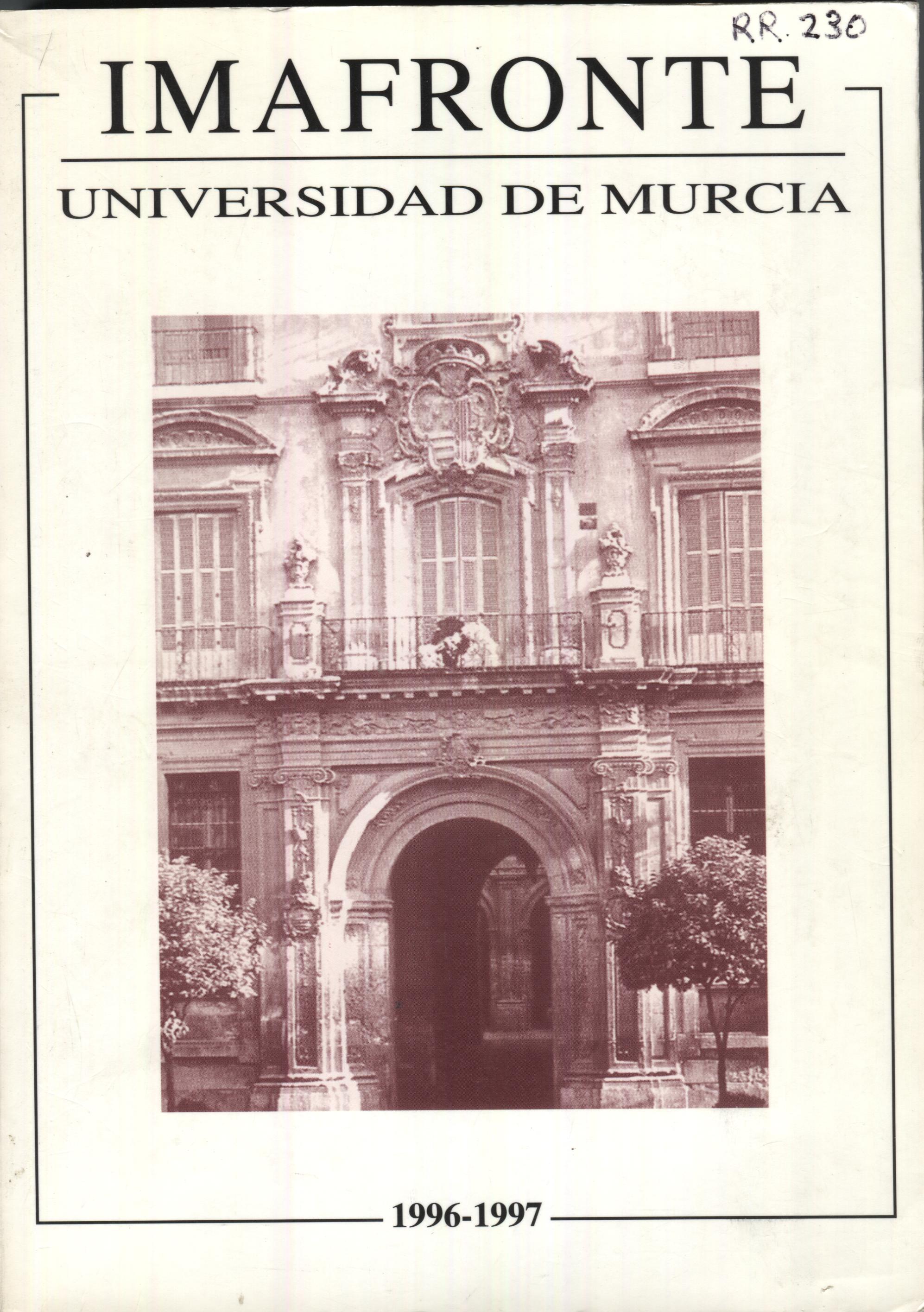DE LA RELIGIÓN DE OBRAS AL GUSTO ESTÉTICO. LA COLECCIÓN COLECTIVA DE RETABLOS PICTÓRICOS EN LA BARCELONA CUATRICENTRISTA
Resumen
Medieval man often used religious works of art to look Jor social affirmation, to express his own pride and vanny or satisfy some aesthetic anxieties. We are confronted, then, with a series of interpretations that to beyond pure and simple devotion, and which bestow the monumental altarpiece with a greater complextiy that can be deduced from the meaning of the images which it incorporates. In a society, such as the medieval one, were the signs of representationz are highly valued, the altarpiece becomes an emblemmatical work of art from a social and ideological point of view. In concrete, many of the Barcelonese corporations in the 15th century saw in these monumental works not only the result of feelings of solidarity and fraterntiy that united the group but also viewed them as a vehicle for the public expression of their power and influence in the city. In the middle of a serious economic crisis. the urban collectives opted clearly for the promotion of large and costly groups of works despite the risk of falling into debt. A firm stance that naturally has its explanation in the undeniable aesthetic and decorative values inherent in these type of works. None of the guilds or parrishes of the Late Middle Ages that thonight them selves to be of importance wolrld consider the construction of the corporative chapel complete until the monumental altarpiece was put in place. Such is the case in private clients as well as collective ones that the great painted or sculpted structure was considered the true epicentre of the religious precint and the objects that adorned it upto the point where on certain occasions determined the very type of architecture in which it was housed.Descargas
-
Resumen202
-
PDF119
Las obras que se publican en esta revista están sujetas a los siguientes términos:
1. Los autores ceden de forma no exclusiva a la revista los derechos de explotación (reproducción, distribución, comunicación y transformación).
2. Las obras que se publican en esta revista están sujetas a la licencia Attribution-ShareAlike 4.0 International (CC By SA 4.0). Por lo que se pueden copiar, usar, difundir, transmitir y exponer públicamente, siempre que:
i) se cite la autoría y la fuente original de su publicación (revista, editorial y URL de la obra), permitiendo así su reconocimiento.
ii) se permite remezclar, transfromar o crear a partir del material mientras se mantenga la misma licencia del original.
3. Condiciones de auto-archivo. Se permite y se anima a los autores a difundir electrónicamente las versiones pre-print (versión antes de ser evaluada) y/o post-print (versión evaluada y aceptada para su publicación) de sus obras antes de su publicación, ya que favorece su circulación y difusión más temprana y con ello un posible aumento en su citación y alcance entre la comunidad académica. Color RoMEO: verde.
























